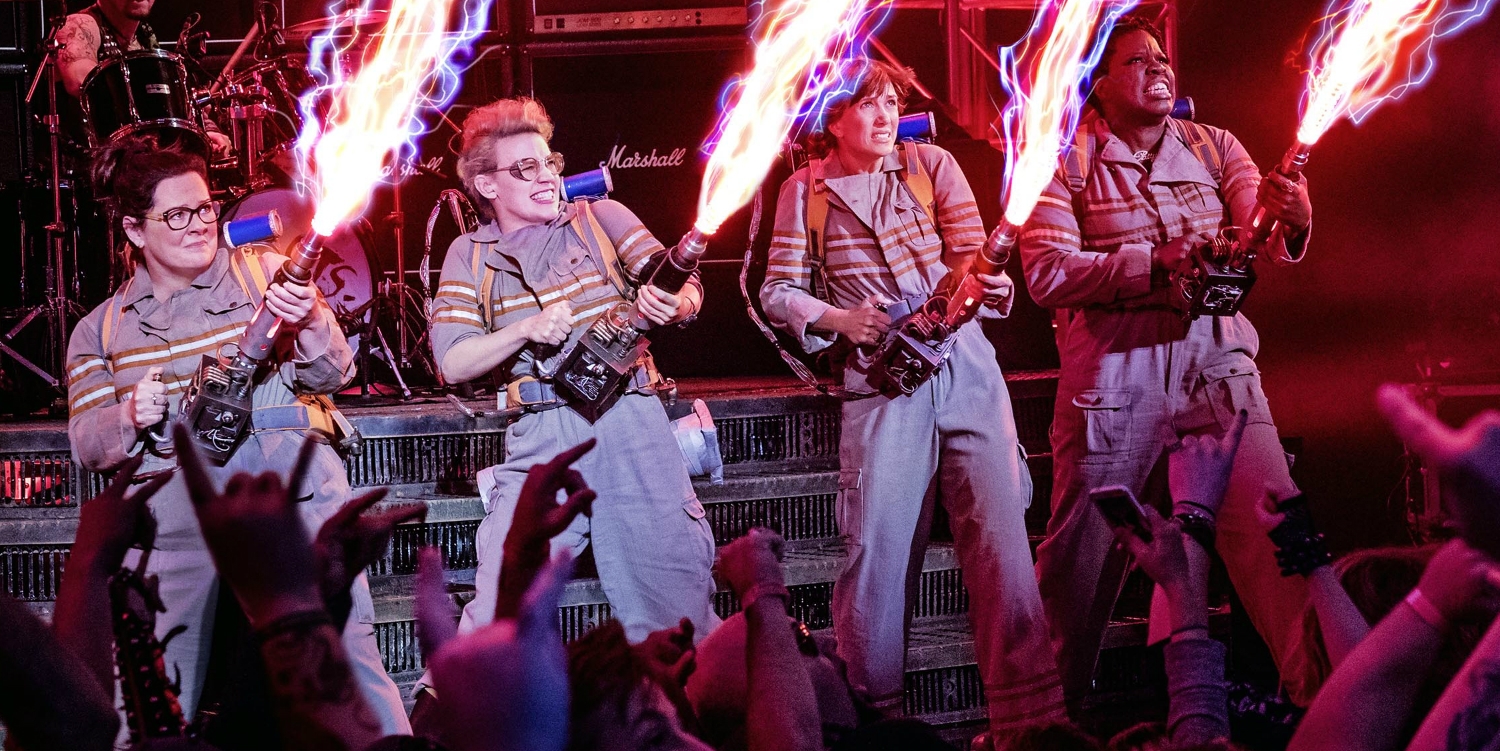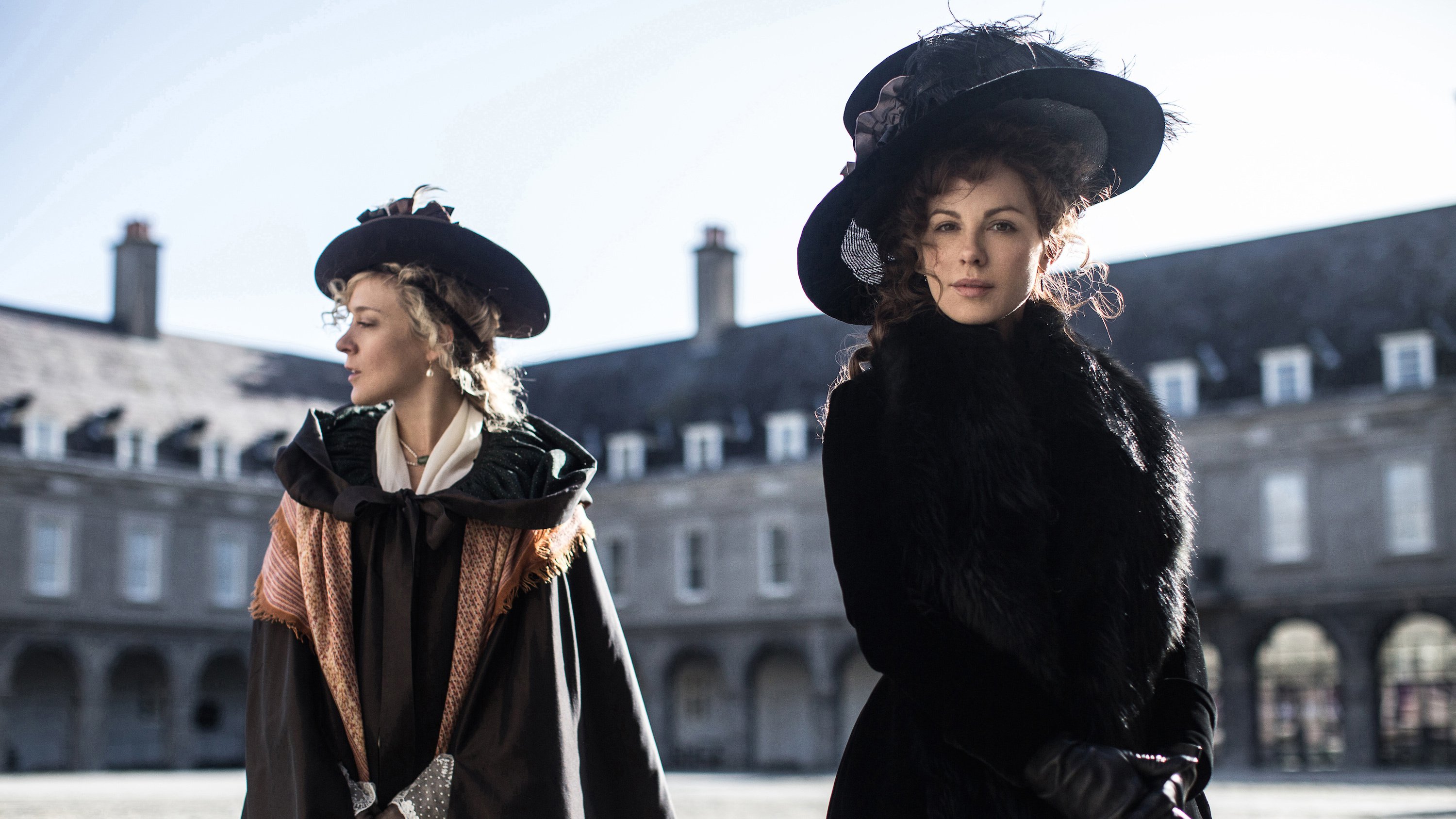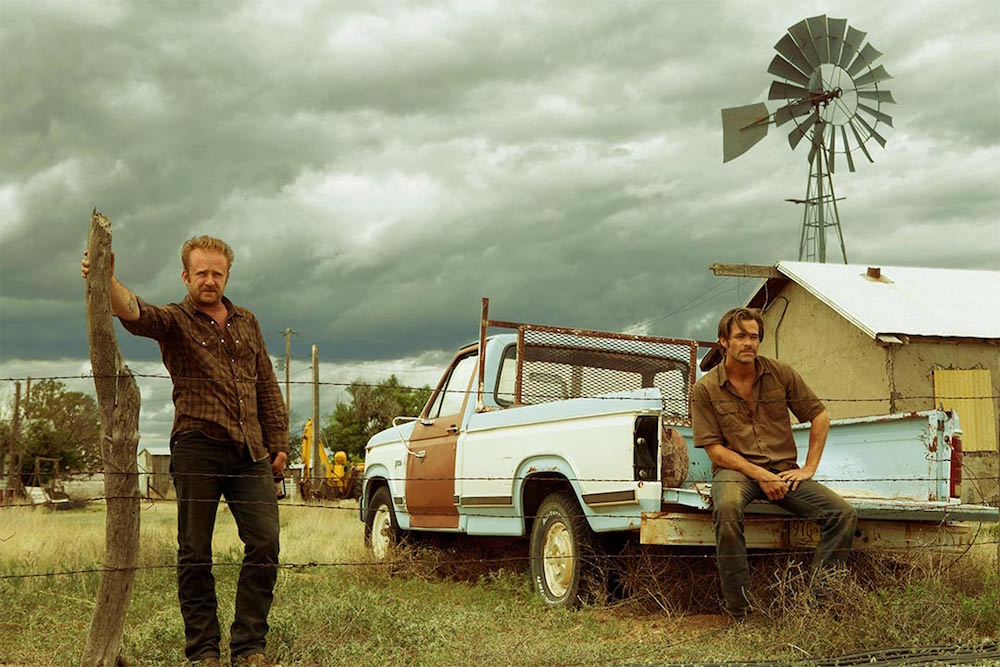By providing your information, you agree to our Terms of Use and our Privacy Policy. We use vendors that may also process your information to help provide our services. This site is protected by reCAPTCHA Enterprise and the Google Privacy Policy and Terms of Service apply.
9 Lessons Studio Films Should Take From The Indie World This Summer

Much has been written about just how dismal this year’s summer movies have been, but one of the silver linings in such a poor season has remarkably been indies. Where blockbusters like “The Legend Of Tarzan,” “Warcraft” and “X-Men: Apocalypse” failed, indies such as “The Lobster,” “Cafe Society” and “Love and Friendship” succeeded. And while studios were certainly rolling in cash when it came to “Suicide Squad” and “The Secret Life Of Pets,” critics weren’t exactly impressed. It was a rough season for studio films, but it won’t be a total waste if executives can learn from their mistakes and start course correcting. Below, we look towards the indie world in order to offer up the biggest lessons for studio films.
READ MORE: IndieWire On Demand: ‘Krisha,’ ‘The Lobster’ And More Great 2016 Indies To Watch On VOD
1) World-Building Needs To Be Organic To The Story (“The Lobster”)
One of the critical and commercial indie hits of the summer movie season, “The Lobster” sends a bold message to studios that world-building works most effective (and is better embraced) when the story and the universe unfold naturally, impacting the characters in real time and not shoehorning in facts and details that bombard the viewer and take them out of the movie. Studios’ world-building obsession has created blockbusters crammed with add-on scenes and forced cameos that exist merely to say, “Hey, look! This is the world we’re creating and this is the next movie coming up.” This isn’t world-building, it’s advertising, and the results are as strained as they are awkward, removing the viewer from being invested in the story. “The Lobster” manages to create its own entire universe, complete with its own rules for the way society works and its inhabitants interact, without ever calling attention to its exposition. It’s a natural flow of information that absorbs us into the story while constantly adding revealing layers to the characters. If only blockbusters could be so smart. – Zack Sharf

2) “Ghostbusters” Failed, But Audiences Still Love Female-Led Comedies (“Bad Moms”)
One of the most troubling narratives to emerge from the summer movie season was all the “controversy” surrounding Paul Feig’s “Ghostbusters” reboot, most notably how the film became a litmus test for the future of female-led comedies. “Ghostbusters” was not the box office success Sony needed, and reports say it will cost the studio at least $70 million, but that in no way means audiences aren’t hungry for more comedies with women front and center.
Just look at “Bad Moms,” which hails from up-and-comer STX Entertainment, an indie production and distribution company with its sights clearly set on the mainstream. Earning positive reviews and north of $90 million at the box office and counting, this raunchy mom comedy, starring Mila Kunis, Kristen Bell and Kathryn Hahn, is the official sleeper hit of the summer. “Bad Moms” proves that people will keep coming to the theater if your comedy delivers the laughs (regardless of gender), and it should encourage studios to keep on giving women the chance to get raunchy. – Z.S.
3) Hire Indie Directors And Don’t Compromise Their Vision (“Pete’s Dragon”)
When “Pete’s Dragon” director David Lowery spoke to our Eric Kohn about making the jump from his festival favorite “Ain’t Them Bodies Saints” to a big screen — and big budget — version of the beloved Disney property “Pete’s Dragon,” he emphasized that the studio made it clear that they were making a David Lowery film. That’s sort of the dream result of an indie director like Lowery going blockbuster, a story we see time and again, and not always with the best results (Colin Trevorrow made a gajillion dollars with “Jurassic World,” but that film doesn’t really speak to much of a personal vision or brand, and Marc Webb frittered away some of his best moviemaking years trying to relaunch a Spider-Man franchise that just, well, wouldn’t).
Lowery is the outlier here, an indie filmmaker with his own vision and style who was able to translate that to a massive new feature, seemingly enabled and encouraged by the studio system that employed him. Disney’s dedication to hiring indie directors — Alex Ross Perry directing a “Winnie the Pooh” film still, admittedly, sounds sort of like a fever dream — is great, but they’re really making strides when they allow those directors to be themselves. Lowery was able to do just that this summer, and the result is one of the year’s best films, full stop. – Kate Erbland

4) Kate Beckinsale Is A Major Movie Star — Don’t Forget It (“Love & Friendship”)
Kate Beckinsale is one of many actresses Hollywood has forgotten what to do with, and this summer she proved why that’s a damn shame. Ever since tackling the role of Selene in 2003’s modest hit “Underworld,” Beckinsale has been kept in a purgatory mostly full of vampire sequels, middling genre fare (“Van Helsing,” “Total Recall”) and dopey horror-thrillers (“Whiteout,” the upcoming “The Disappointments Room”). She’s often the best part of these movies, but then a movie like “Love & Friendship” comes along to remind you that Beckinsale doesn’t need an arsenal of weaponry or cheap thrills to leave you speechless. With the elegance of Jane Austen and the wickedly clever cadence of Whit Stillman in her pocket, Becksinale reminded audiences just how commanding, magnetic and irresistible her talent can be. Lady Susan is no easy character to pull off — a venomous flirt who you still need to end up falling for — but Beckinsale perfected the art of being a charismatic firecracker. Hollywood would be wise to remember this kind of talent. She’s capable of so much. – Z.S.
5) People Only Want To Play Video Games, Not Watch Them (“Hardcore Henry”)
There’s still a residual hope that video games can become the can’t-miss adaptation fodder that their comic book counterparts have largely become. “Hardcore Henry” wasn’t tied to any specific preeexisting property, but its regenerative main character and first-person POV was one of the purest attempts to replicate the feeling of playing a video game while sitting in a movie theater. The $14.3 million box office draw didn’t quite rise to the fervor that met the film’s TIFF Midnight premiere last fall, sputtering in wide release with a historically dismal opening. “Assassin’s Creed” will be a helpful litmus test to see if this generation of video game movies has any domestic staying power, but after tepid critical response to “Hardcore Henry” and “Warcraft” being a misfire on multiple levels despite its talented young director, maybe it’s time to reevaluate the efficacy of translating this medium-specific experiences to the big screen, regardless of who’s at the helm and the size of its budget. – Steve Greene

6) Cast Older Actresses In Lead Roles (Sally Field, Helen Mirren, Maggie Smith)
If you want to score with adult audiences, cast any number of women stars over 60 who keep pulling Baby Boomers to the multiplex. And “Florence Foster Jenkins” star Meryl Streep (age 67) isn’t the only one. Among the top indie grossers of 2016: “Eye in the Sky” (Bleecker Street, $18.7 million), Gavin Hood’s taut thriller starring Helen Mirren (71) as a British corporal fiercely chasing down terrorists with the help of American drone pilots; “Hello, My Name is Doris” (Roadside Attractions, $14.4 million), a romantic comedy starring Sally Field (69) as an older woman pursuing a younger office colleague; and “Downton Abbey” star Maggie Smith (81) in the dotty Alan Bennett role she originated decades ago, “The Lady in the Van” (Sony Pictures Classics, $10 million).
Last year, Sundance 2015 launched two $7 million hits starring Sam Elliott as the romantic interest of 72-year-old Blythe Danner (Bleecker Street’s “I’ll See You in My Dreams”) and (at one time) 76-year-old Lily Tomlin (Sony Pictures Classics’ “Grandma”). Studios would do well to remember that the core loyal demo who still has time to go out to movie theaters is older. Netflix gets it: Tomlin costars with Jane Fonda (78) in comedy “Grace and Frankie,” and the streaming service is reuniting Fonda with her frequent costar Robert Redford in the film “Our Souls at Night.” The studios deploy Mirren (“Red,” “Fast and Furious 8”) in supporting roles for the same reasons they hire her fellow-senior Morgan Freeman—she adds power and gravitas. Where’s that femme sequel to “The Expendables?” – Anne Thompson
7) Make Animation Look And Feel Exciting Again (“Kubo and The Two Strings”)
“Kubo and the Two Strings” may not have played a tune that multiplex audiences were eager to hear (the movie underperformed at the box office, raking in $92 million less than “The Secret Life of Pets” in its opening weekend), but Laika’s stop-motion masterpiece was music to my ears. In a world overrun with generic, soulless 3D animation — all round and plastic and insufferably cute — it was impossible not to be dazzled by the tactile quality of this story about a young boy on a quest for his samurai father’s armor. Kubo’s journey was as heartfelt as it was handmade, and this stunning late summer spectacle should serve as an urgent reminder that a little human touch goes a long way. – David Ehrlich

8) Patience Is A Virtue (“Hell Or High Water,” “The Childhood Of A Leader”)
Despite being drab and lifeless, many of this summer’s blockbusters trafficked in extreme violence that leveled metropolises: the mystical gods of “Suicide Squad” terrorized Midway City, Krang tried to level NYC in “Teenage Mutant Ninja Turtles: Out of the Shadows,” and the aliens of “Independence Day: Resurgence” sent the London Bridge falling down. But none of it resonated, given that all of these sequences boiled down to screeching CGI madness. What really succeeded were indies which valued quiet scenes over mayhem, so when violent moments broke out, they packed a true punch. Brady Corbet’s meditative “The Childhood of a Leader” took the relatively radical step of…introducing characters and letting them talk to each other. By the time a handful of stones in a child’s hand pulled the rug from under us, our voyeurism was shattered. And although David Mackenzie’s “Hell or High Water” was a bank robbery tale, gunshots burned because they upset the rest of the film’s shaggy calm. Texas never looked so lovely as the night before our central characters’ biggest heist, as they’re drinking beer, wrestling, laughing and bullshitting. By creating quiet moments between characters you root for and empathize with, these films hit so much harder than thousands of faceless citizens fleeing extraterrestrial doom. – William Earl
9) Trust Actors Who Want To Direct (“Captain Fantastic”)
Actors have been moving behind the camera to direct films since the beginning of the motion picture industry, but rarely does the end product turn out as well as actor-writer-director Matt Ross’ crowdpleaser “Captain Fantastic.” The feel-good dramedy starring Viggo Mortensen as a radical father raising six children in isolation in the woods should serve as an important reminder that actors who can communicate a distinctive vision for an emotionally powerful story should be given the opportunity to realize that vision, even on the large scale of a studio film. In the case of “Captain Fantastic,” a performance-driven film that relies on the chemistry of an ensemble cast, having a director that has been in an actor’s shoes was arguably a huge advantage. Ross has also no doubt learned from working with some of the top directors in the business, including fellow actor-director George Clooney (“Good Night and Good Luck”), Whit Stillman (“The Last Days of Disco”), Terry Gilliam (“12 Monkeys”) and Martin Scorsese (“The Aviator”). Prior to winning best director in the Un Certain Regard section at Cannes for “Captain Fantastic,” Ross directed the 2012 Sundance entry “28 Hotel Rooms.” – Graham Winfrey
Stay on top of the latest breaking film and TV news! Sign up for our Email Newsletters here.
By providing your information, you agree to our Terms of Use and our Privacy Policy. We use vendors that may also process your information to help provide our services. This site is protected by reCAPTCHA Enterprise and the Google Privacy Policy and Terms of Service apply.

















